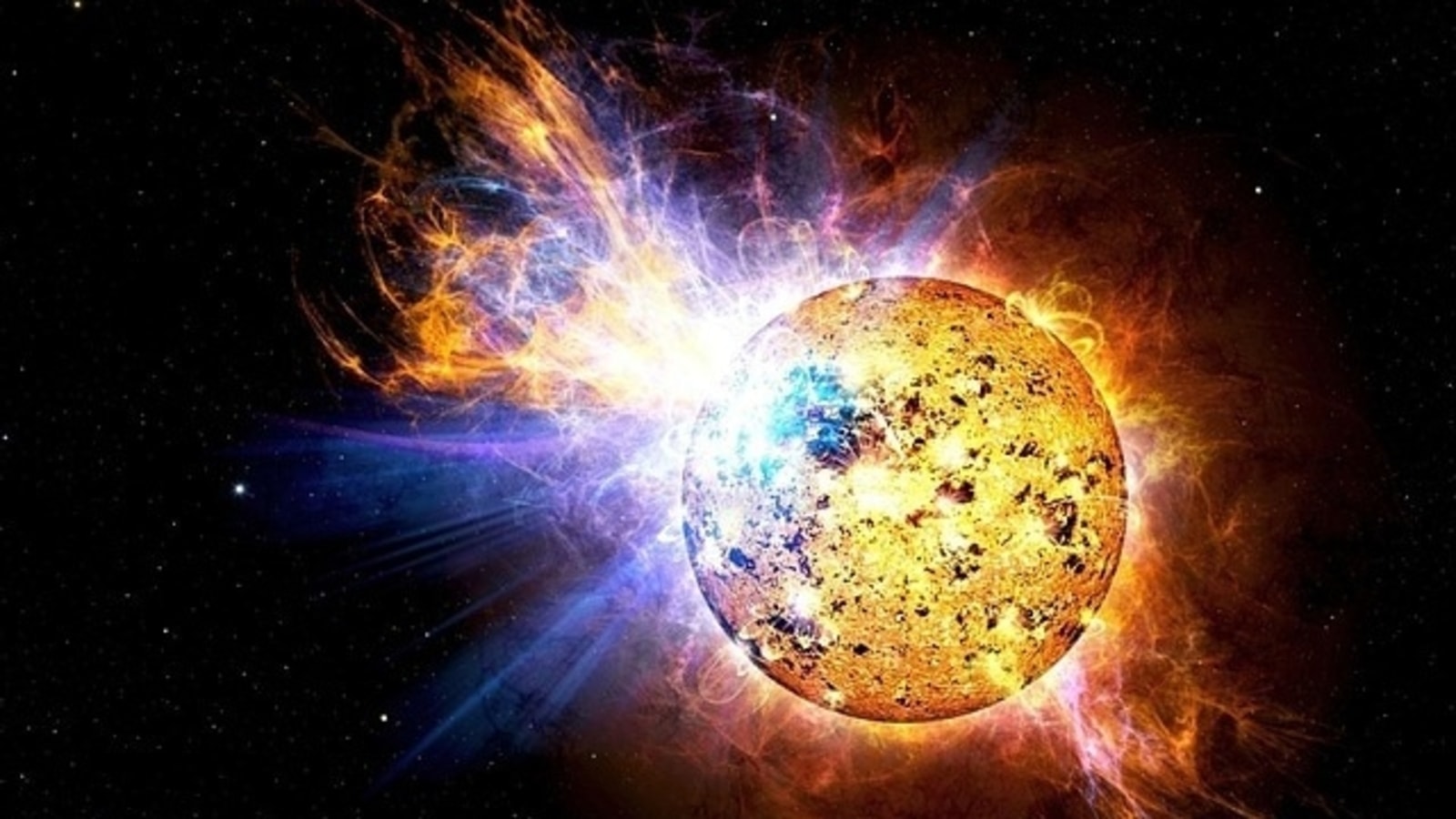A team of Indian astronomers has uncovered a groundbreaking discovery about how planets might form in multi-star systems. Led by Liton Majumdar from the National Institute of Science Education and Research (NISER) in Odisha, the team studied the triple-star system GG Tau A, located 489 light-years from Earth, offering new insights into planetary formation in complex environments.
A Rare and Young Star System
GG Tau A stands out because it is not a typical star system. Unlike our Sun, which exists alone, this system contains three stars that orbit each other. Such configurations are rare in the universe and can significantly alter the dynamics of how planets form. The system is young, ranging from 1 to 5 million years old, making it an ideal candidate for understanding the early stages of planet formation.
Also read: iOS 18.2 release this week: iPhone users to get powerful AI features on…
The Role of Cold Temperatures in Planet Formation
A key feature of GG Tau A is its surrounding disk of gas and dust, where planets begin to form. In most star systems, planets develop around a single star. However, in multi-star systems like GG Tau A, the gravitational interactions between the stars can influence the behavior of the gas and dust in the disk. This presents a unique opportunity for scientists to study how planets form in such dynamic and complicated environments.
Also read: Sora AI video generator now available for public use- Here's everything you need to know
The research team utilized powerful radio telescopes located in Chile's Atacama Desert to examine the coldest regions of the disk, where temperatures drop to 12 to 16 degrees Kelvin, colder than the freezing point of carbon monoxide. In these icy regions, molecules freeze into small dust particles that play a crucial role in the planet formation process. As these particles collide and stick together, they grow into larger clumps, eventually forming planets as they accumulate more gas and dust.
Also read: MapMyIndia cancels investment in CEO Rohan Verma's startup, to shift focus to…
The Complexity of Multi-Star Systems
The cold temperatures are vital for planet formation, as they allow dust and gas particles to stick together more easily. Warmer conditions would prevent these particles from clumping, making it more difficult for planets to form. This discovery emphasizes the significance of cold environments in planetary creation.
What makes GG Tau A particularly intriguing is its status as a multi-star system. While scientists have gathered a wealth of knowledge about planet formation around single stars, much less is understood about planetary development in systems with more than one star. The three stars of GG Tau A interact with each other, influencing the behavior of the surrounding disk and complicating the process of planet formation. This makes GG Tau A a perfect case study for understanding how planets could form in multi-star systems.


